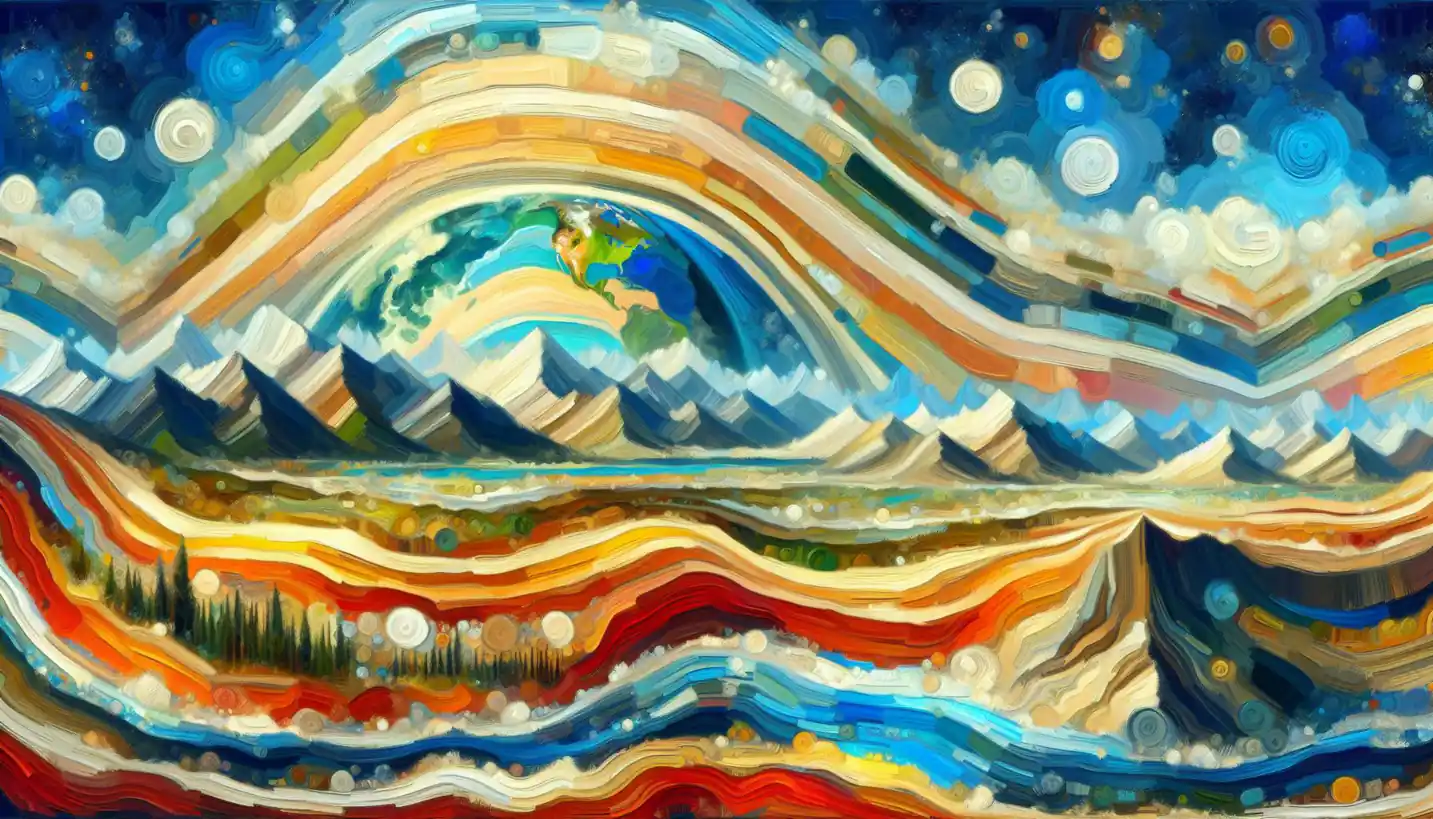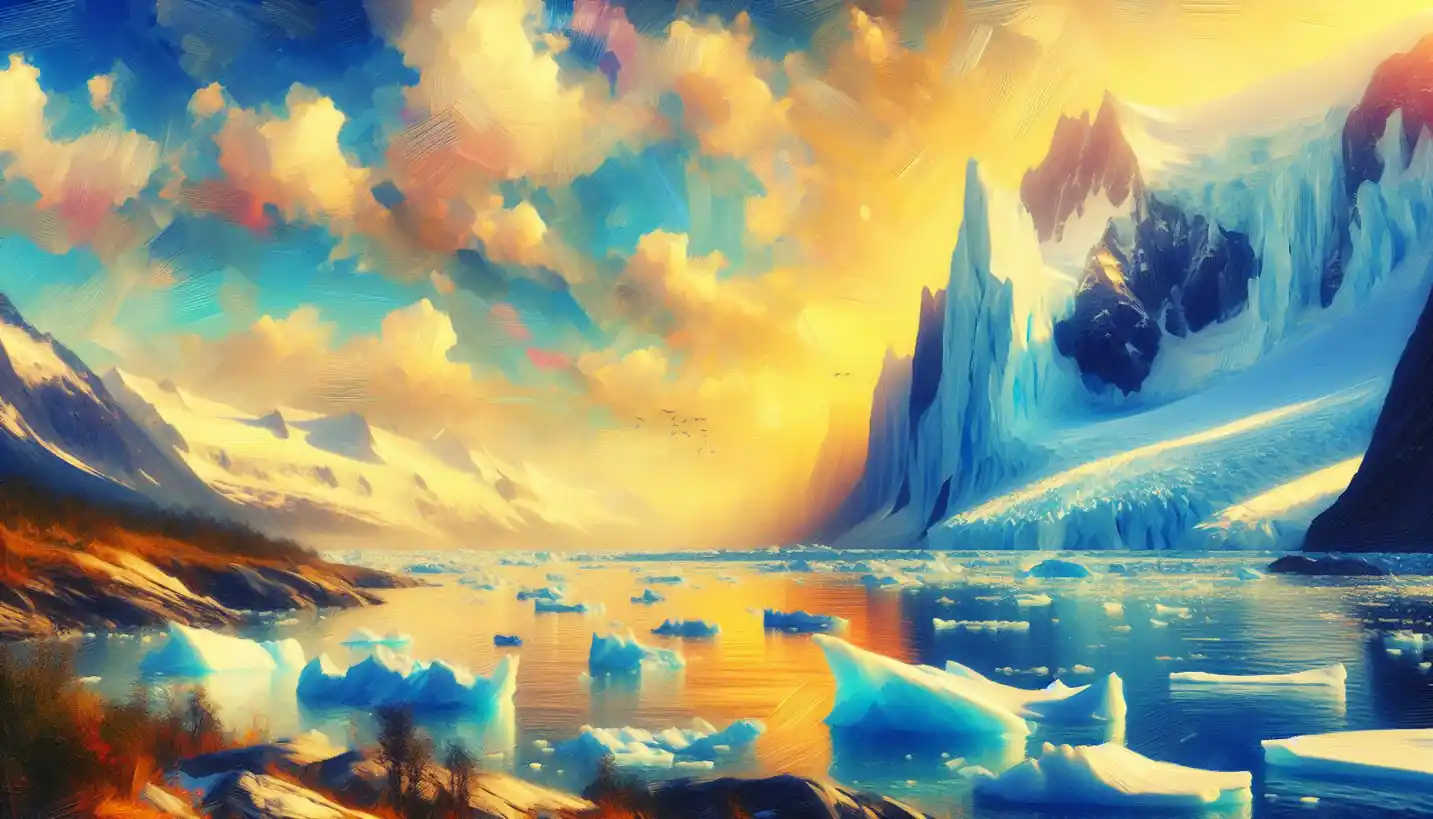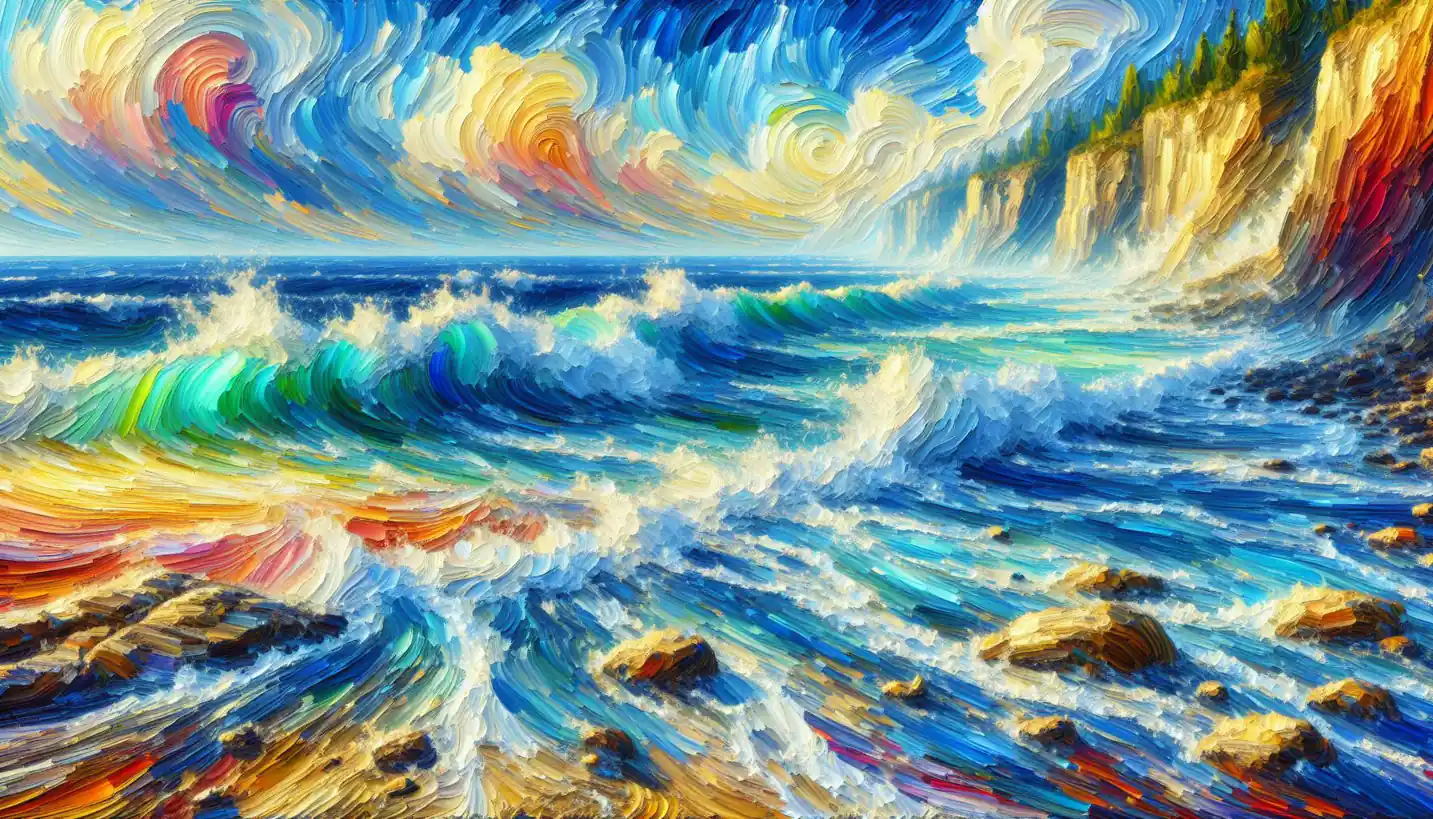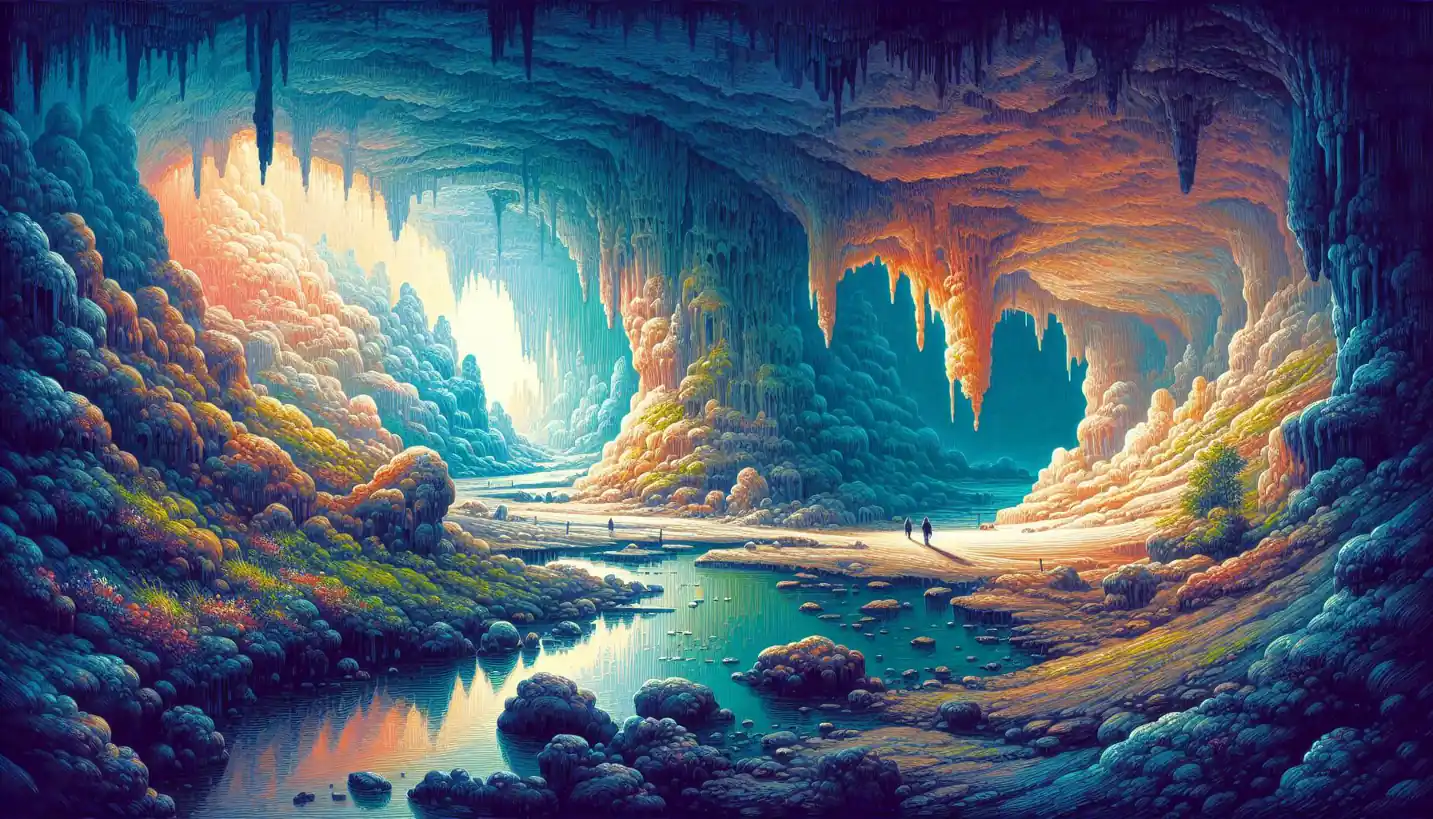· Earth Science · 5 min read
Moraine Mysteries: Earth's Glacial Footprints
Moraine formations are like Earth’s glacial footprints, revealing frozen pasts. Explore how these icy traces narrate tales of ancient ice ages!

Once upon a time, in the epic timeline of Earth’s history, great rivers of ice roamed across the land. These massive glaciers carved paths through mountains and valleys, leaving behind unique geological features known as moraines. So, what exactly are these fascinating formations, and why do they matter?
Moraines are like nature’s breadcrumbs, remnants left by glaciers as they retreat and advance. To picture a moraine, imagine a giant, icy bulldozer pushing rocks and debris as it moves. When the glacier finally retreats, it leaves behind these piles of unsorted rock that can tell amazing stories about our planet’s past climate and environment.
Unveiling the Secrets of Moraines
To dive into the world of moraines, we first need to understand glaciers. Glaciers are essentially rivers of ice, slowly but inexorably moving across the land. As they travel, they pick up rocks, soil, and pretty much anything else in their path. When the climate warms, these ice giants melt and retreat, dropping their stony cargo along the way.
Moraines are one of the key indicators left behind. They come in different shapes and sizes, with names like terminal moraines, lateral moraines, and recessional moraines, each telling a different part of the glacier’s journey. A terminal moraine, for instance, marks the furthest point the glacier reached, like a boundary line of where the ice once was.
The Role of Moraines in Quaternary Science
The Quaternary period is the most recent chapter of Earth’s geological history, starting around 2.6 million years ago and continuing to today. Moraines provide critical clues to quaternary scientists who study this period. By analyzing these formations, scientists can reconstruct past climates and understand the ice age cycles that shaped our current landscape.
Imagine trying to piece together an ancient puzzle without any picture on the box. That’s what scientists do when they study moraines. These formations help them track glacier movements and decipher the climate changes over thousands or even millions of years.
Modern Implications and Climate Clues
Moraines aren’t just relics of the past. They also hold vital information about our current and future climate. By understanding the behavior of glaciers through moraine studies, scientists can make predictions about how current glaciers will respond to global warming.
This kind of knowledge is crucial as we face the challenges of climate change. If glaciers continue to retreat at the rates we’re seeing today, it will impact sea levels and ecosystems in profound ways. Moraines act as a historical record, showing us the impacts of natural climate shifts and offering critical insights into what might lie ahead.
Exploring Examples from Across the Globe
Moraines can be found worldwide, each one telling a unique tale of glacial history. Take the famous moraines of the Swiss Alps, for example. These towering formations not only create stunning landscapes but have served as vital clues to understanding Europe’s glacial past.
The Great Lakes in North America owe their existence partly to glaciers leaving behind moraines. These picturesque bodies of water were carved out and influenced by ice movements, shaping the region’s geography and economy.
Why Moraines Matter More Than Ever
Imagine a world without moraines; it would be like trying to read a book with the middle chapters missing. These formations are crucial for piecing together Earth’s history, showing us how dynamic and ever-changing our planet truly is.
Understanding moraines helps us grasp the past while preparing for the future. They remind us that even seemingly small changes in climate can have massive effects over time. As we become more aware of our impact on the planet, recognizing these natural archives becomes even more essential.
How to Spot a Moraine in the Wild
If you’re ever hiking in a mountainous region or exploring a glacial valley, keep an eye out for these fascinating features. Moraines typically appear as ridges or mounds of rocks and debris. They’re often quite big and noticeable, a testament to the power of ice.
You might see a line of hills curving along a valley’s edge—that’s likely a lateral moraine. Or perhaps a large pile of rocks at the end of a valley, marking a terminal moraine. Next time you’re out in nature, try spotting these ancient storytellers and consider the immense forces that created them.
Looking Forward: Protecting Our Planet’s Natural Archives
As scientific interest in climate change grows, so does the importance of preserving these natural formations. Protecting moraines and other glacial features is vital for ongoing research and understanding Earth’s climatic history.
We can all play a role in this, by advocating for conservation efforts and raising awareness about the significance of these natural wonders. It’s about safeguarding the keys to our planet’s past for future generations to study and learn from.
In conclusion, moraines offer us a window into Earth’s glacial past, revealing the astonishing journeys of ancient glaciers. As we face modern environmental challenges, these formations remind us of our planet’s resilience and the delicate balance of its ecosystems. Through moraines, we continue to uncover the stories of Earth’s frozen history, stories that are more relevant now than ever.



